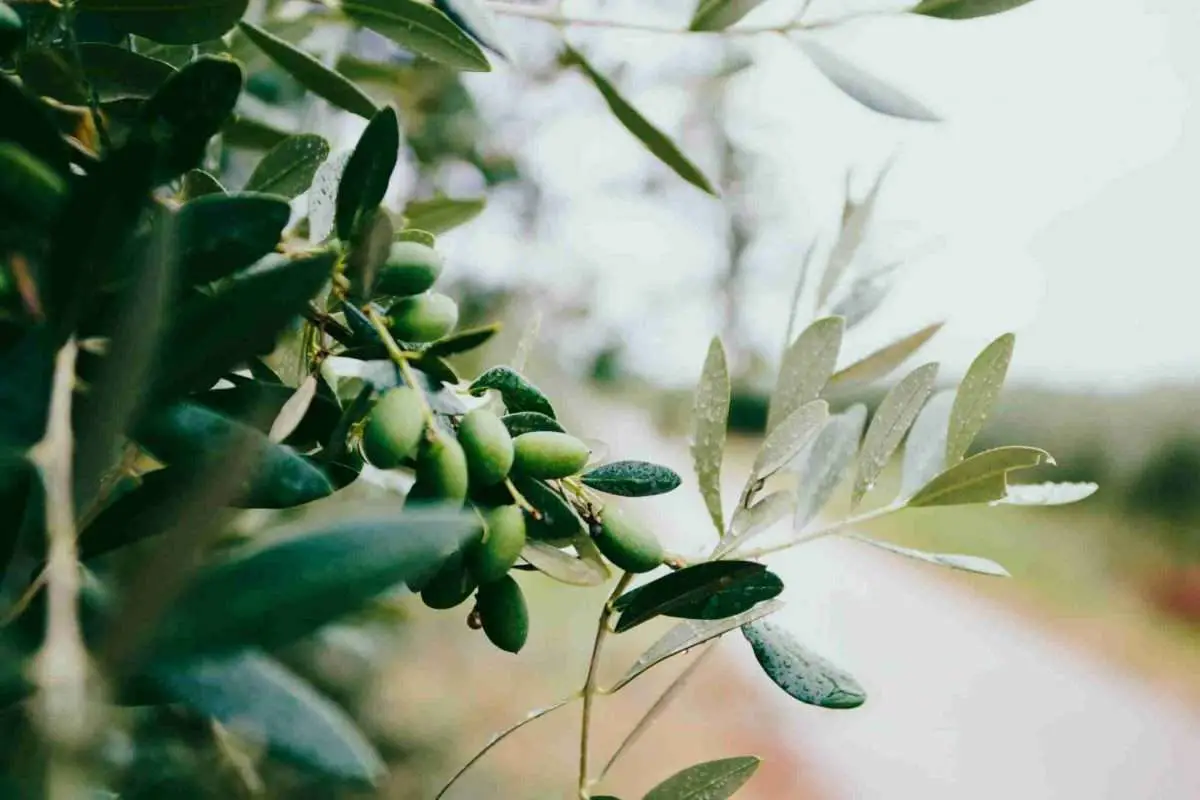
Olive oil “fraud” in Italy is rampant. In fact, tons of so-called “extra virgin olive oil” is made from “illegal importations of seed oil and cheap olive oil from outside the E.U.”
In the most recent New Yorker, Tom Mueller discusses the increasingly corrupt business that has become the olive oil trade.
In 1997 and 1998, olive oil was the most adulterated agricultural product in the European Union, prompting the E.U.’s anti-fraud office to establish an olive-oil task force. (“Profits were comparable to cocaine trafficking, with none of the risks,” one investigator told me.) The E.U. also began phasing out subsidies for olive-oil producers and bottlers, in an effort to reduce crime, and after a few years it disbanded the task force. Yet fraud remains a major international problem: olive oil is far more valuable than most other vegetable oils, but it is costly and time-consuming to produce—and surprisingly easy to doctor. Adulteration is especially common in Italy, the world’s leading importer, consumer, and exporter of olive oil. (For the past ten years, Spain has produced more oil than Italy, but much of it is shipped to Italy for packaging and is sold, legally, as Italian oil.) “The vast majority of frauds uncovered in the food-and-beverage sector involve this product,” Colonel Leopoldo Maria De Filippi, the commander for the northern half of Italy of the N.A.S. Carabinieri, an anti-adulteration group run under the auspices of the Ministry of Health, told me.
Interestingly, olive oil has always been a prized commodity in Italy, dating back to the Roman Empire. The rabid consumption of olive oil during Roman times is still evident today:
“By the first century A.D., olives were a cash crop in the Roman Empire; in some regions, per-capita consumption of olive oil was as much as fifty litres a year. “People were prepared to spend the same amount of money on olive oil back then as they do on petroleum today,” Kennell said. “And governments went to great lengths to insure a steady supply of it.” The family of Septimius Severus, who was emperor from 193 to 211, grew rich on oil in Leptis Magna, a city in the Tripolitania region of North Africa (now Libya). “I’ve always thought of him as somewhat parallel to an oil sheikh,” David Mattingly, a professor of Roman archeology at the University of Leicester who studies Roman olive cultivation, told me. Severus introduced the first regular free distribution of olive oil in Rome—what might be called the bread-and-circuses-and-olive-oil approach to wooing the masses. The emperors Trajan and Hadrian were from the Baetica region of southern Spain (now Andalusia), and their accession triggered a boom in Baetica olive-oil exports. So much Baetica oil was sent to Rome that the amphorae in which it was transported, disposed of at a dump at the southeastern edge of the city, grew to a hill fifty metres high, known today as Monte Testaccio, or Mt. Potsherd.
“The amphorae show evidence of extensive anti-fraud measures: each was painted with the exact weight of oil it contained, along with the name of the farm where the olives were pressed, the merchant who shipped the oil, and the official who verified this information before shipment. Reverse checks were presumably performed at Monte Testaccio when the amphorae were emptied, to confirm that the weight and quality had not changed during shipment. “The biggest danger was that merchants would substitute an inferior product en route, and the explicit labelling of goods was clearly designed to counter this,” Mattingly said.
“In other words, the ancient Romans anticipated fraud of the kind perpetrated by Domenico Ribatti, and took more effective steps to prevent it than Italians do today.”
You will need a New Yorker subscription to read the complete article.
Last updated on February 19th, 2021Post first published on August 14, 2007






